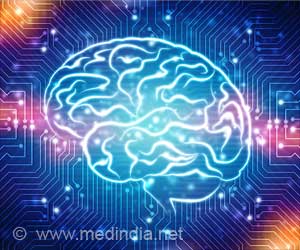Anjum and collaborators Nida Saddaf Khan and Sayeed Ghani from the Institute of Business Administration in Karachi, Pakistan collected an extensive range of data from adult participants for their Human Activity Recognition (HAR) study. Participants performed a series of activities in a specific order while wearing sensors that recorded their movements.
The researchers created a dataset of activities of typical anxiety-displaying behaviours for the sensors to detect, including idle sitting, nail biting, knuckle cracking and hands tapping. Their behaviours were analyzed using deep learning algorithms and computational hybrid models.
Anxiety disorder is the most common form of mental disorder, according to the American Psychiatric Association (APA), impacting 30 per cent of the adult population at some point in their lives. The researchers suggest AI could help in the analysis, diagnosis, treatment and monitoring of psychological disorders such as anxiety disorder (AD).
“We’re hopeful that as more work is done to develop this method we can help to provide more accurate data for clinical research and practitioners,” says Anjum. “Our goal with this research is to expand horizons for the identification of anxiety disorders and ultimately, the improvement of people’s mental health.”
Ghani believes “there is tremendous opportunity for the healthcare industry to benefit from the applications of AI, and our research in using motion sensors for detecting anxiety-related behaviors is an example of what is possible.”
Source: Eurekalert



